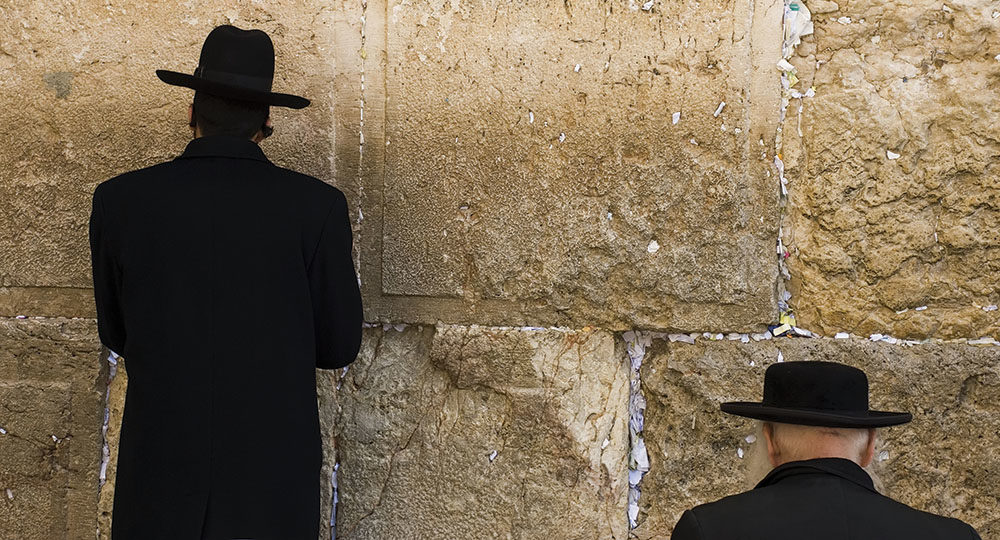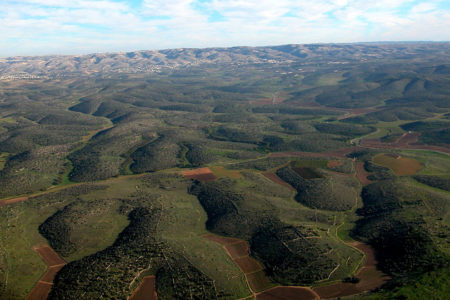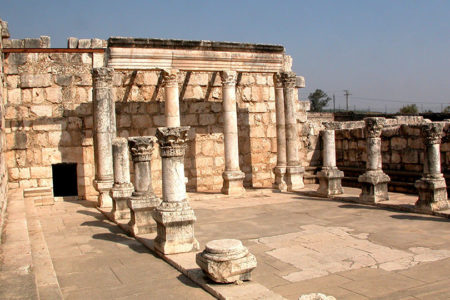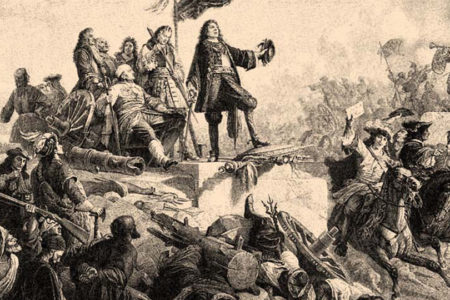Praying at the Wall
Editor’s Note: The Western Wall in Jerusalem is the holiest site in all of Judaism. Historian Nancy Ceperley has a profound love for Israel and the Jewish people, imparted to her by her late husband, Gordon Ceperley, one of the most respected professors at Philadelphia Biblical University and the author of A Promised Land for a Chosen People. Nancy recently returned from Jerusalem, where she was part of a team of Christians who prayed daily at the Western Wall for Israel and the Jewish people. Here is her closing report.
Greetings and Shalom, Shalom. The purpose of this journey to Jerusalem was abundantly realized. My primary assignment was to cover a specific prayer shift at Ha Kotel, the Western Wall. The rotating schedule included a four-hour morning watch, four-hour afternoon watch, then a free day. Including the walking time to and from the Wall, it was a six-hour day.
Time at the Wall is not always easy. In fact, I would have to describe it as oppressive. An exception was the numerous bar mitzvahs being celebrated. The soul-wrenching singing, chanting, dancing, and playing of instruments of these most musical of peoples caused me to think that I had stumbled onto the set of Fiddler on the Roof.
But the Wall is also known as “wailing,” and for good reason. On the women’s side there is much weeping. Of the three causes of grief, the most common is personal. Some are caught in terrible marriage situations; others are plagued by constant poverty or are suffering the loss of loved ones to illness or terrorism. Others mourn the destruction of the Temple almost 2,000 years ago and the departure of the Presence of Yahveh (ʏʜᴠʜ). Finally, there are the genuine Annas and Simeons, described in Luke’s Gospel as “just [righteous] and devout,” serving God “with fastings and prayers night and day” (2:25, 37). These are they who are “waiting for the Consolation of Israel” and looking for “redemption in Jerusalem,” laboring for the Coming of their Messiah, Ha Tikvah (“the Hope”) of Israel and all the world (vv. 25, 38).
On three mornings I was able to walk down through the Windmill Park to a 24/7 prayer and praise center. Its arched windows overlook the deep, rugged gorge of the Kidron Valley to picturesque Mount Zion. This is a liberated time of worship in stark contrast to the myriad restrictions at the Wall. It also has heat and a roof. Thanks be to God!
Particularly on free days, a dear sister or brother in Yeshua would invite me to a meal. Sometimes these brethren were British; other times they were Brazilian, Israeli, or American. Jerusalem is jam-packed with fascinating and intimate restaurants, cafes, gardens, parks, museums, and heritage centers. Many of them are hidden behind ancient stone walls or tucked away in corners of courtyards. It is a very vertical city, perched on a half-dozen mountaintops of the Judean Range. “Jerusalem is built as a city that is compact together,” we read in Psalm 122:3.
The final Sunday was exceptional. As I had the afternoon shift, I was able to attend church in the morning. This service normally concludes around noon, but as the pastor was announcing lunch across the courtyard, another spontaneous time of worship broke out, with sustained singing, praying, and expounding from the Word. This was a time of refreshment from heaven. No one wanted to leave. Not even for lunch. Is this perhaps a harbinger of revival for the body of Yeshua in the land?
It was raining at the Wall, so I made my way up and into the tiny room in the right corner. Sitting next to a young woman who sobbed deeply and continuously for two hours, we both shared my roll of toilet paper as I identified with her grief, whatever the cause.
At 5 P.M. the Wall warrior team and Brenda Giles, director of Hugs for Israel—an evangelical Christian organization that helps Israeli children maimed in terrorist attacks—met at the Jerusalem Gold Hotel to take a bus to Hadassah Hospital to pray for Prime Minister Ariel Sharon. The praying team was the only show in town for the multitudinous media encamped at the entrance of this world-renowned medical center. Photographers snapped away as we interceded. Our team leaders were interviewed under huge umbrellas to stave off the driving wind and rain. A few of us were actually able to make it through all the security to pray outside his room.
On the Monday before leaving, I met with someone who graciously took me on a prayer walk through an intense neighborhood in Jerusalem. A petite, resident “guardian angel,” she saw me off on the airport shuttle to Ben Gurion Airport after midnight for a 6 A.M. flight through Munich to Philadelphia. God’s providential hand was evident at every turn in this concert of prayer for the nation and people of Israel.
by Nancy Ceperley








On every day that I was treated for a brain tumor, I sent a prayer to the Wailing Wall. I have never been there in person. I believe that walking in the cobblestone streets might be too difficult for me. A very sad prediction.
Both of my deceased parents did make that holy trip. I have no siblings and lost my dear mother in 1993 and my dear father in 2004. I miss them both. I wish I knew of someone in Israel to reassure me that I could get to see all that I needed to with some kind of accessible transportation.
Great website really enjoyed it. I pray that all my prayers come through.